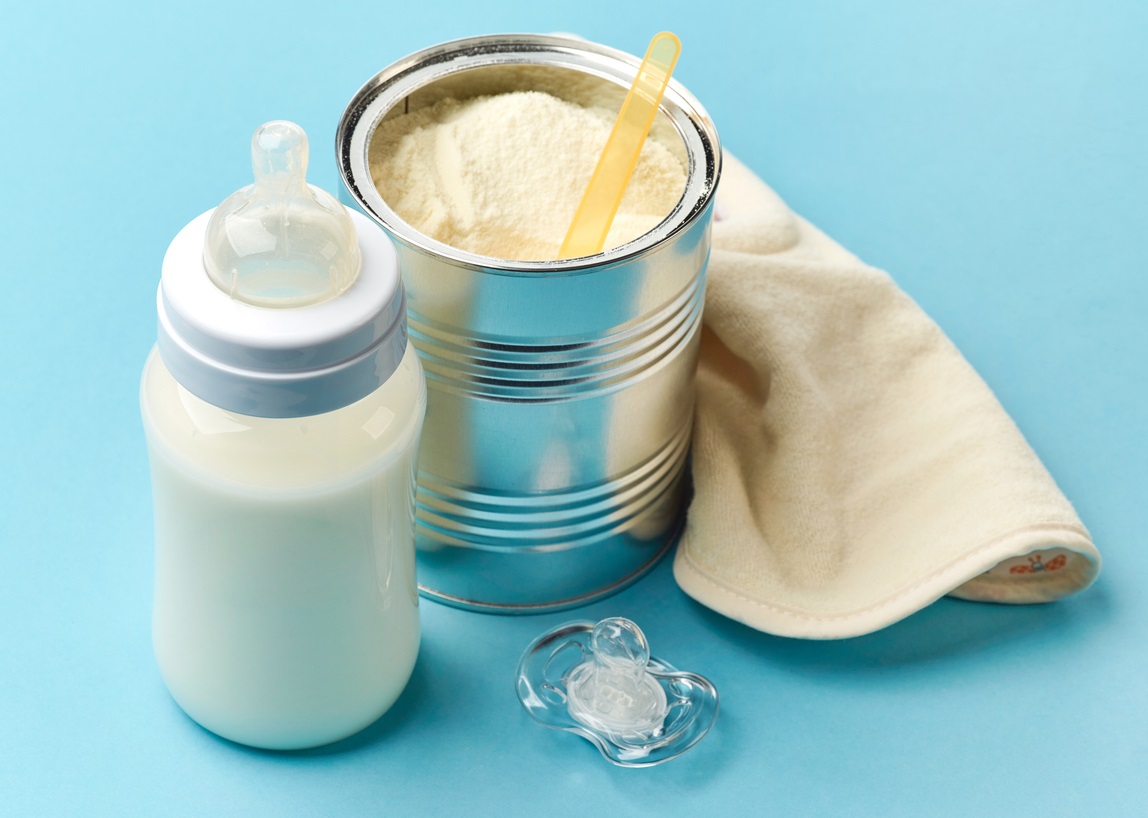
Scientists Engineer Plants to Make Infant-friendly Fat Molecules for Formula Milk
October 10, 2019| |
Scientists have improved the metabolism of an oilseed plant to mimic the molecular structure of the human milk. Their technique made the oilseed plant accumulate triacylglycerol with most of the fatty acid in the middle of its molecular structure, instead of in the outer parts. This can potentially lead to a new plant-based source of milk fat substitute that infants can easily digest.
Formula milk sold for infant nutrition use milk fats from plants. However, the molecular structure of the plant-derived fat makes it hard to digest for infants. Its stereoisomeric structure consists of saturated fatty acids in the outer position that makes it less suitable to infants' digestion. This led to studies to find a human milk substitute that resembles the structure of actual human milk.
A team from the Rothamsted Research in the United Kingdom introduced a mutation to the plant Arabidopsis thaliana, a type of oilseed plant related to mustard. The mutation allowed the scientists to change the location of an enzyme responsible for processing fat. This resulted to saturated fatty acid palmitate being accumulated in the middle part of the stereoisomeric structure which is similar to human milk. The method can possibly help in the mass production of fat molecules similar to that of a human milk's using oil-rich plants like sunflower and oilseed rape, without making the synthesizing process extremely expensive.
See the full article in PNAS.
| |
You might also like:
- Researchers Discover Gene to Help Produce Fatter and Oilier Seeds
- Healthful Oils from GM Plant as Effective as Fish Oil
- Enzyme from Chinese Tallow Improves Freezing Tolerance in Oilseed Rape
Biotech Updates is a weekly newsletter of ISAAA, a not-for-profit organization. It is distributed for free to over 22,000 subscribers worldwide to inform them about the key developments in biosciences, especially in biotechnology. Your support will help us in our mission to feed the world with knowledge. You can help by donating as little as $10.
-
See more articles:
-
News from Around the World
- Engaging Editors Crucial for Improved Science Reporting in Kenya
- Genome Sequences Hint at Domestication of Pineapple
- Argentina Approves 60th GM Seed
- Pakistan Media, Other Stakeholders Briefed on Crop Technologies
- PH Biotech Community Zooms In on Regulation of Genome Edited Plants in the Country
- Researchers Crack Complete Genome of Soybean Rust Pathogen
-
Research Highlights
- Search for the Brown Planthopper Resistance Gene in Vietnamese Native Rice Varieties
- Scientists Engineer Plants to Make Infant-friendly Fat Molecules for Formula Milk
-
Plant
- Semi-dwarf Rice Developed by CRISPR-Cas9-directed Mutagenesis of OsGA20ox2
- CRISPR-Cas9 Reveals Role of OsPLDα1 in Phytic Acid Biosynthesis in Rice Grains
-
Read the latest: - Biotech Updates (December 3, 2025)
- Gene Editing Supplement (November 26, 2025)
- Gene Drive Supplement (February 22, 2023)
-
Subscribe to BU: - Share
- Tweet

